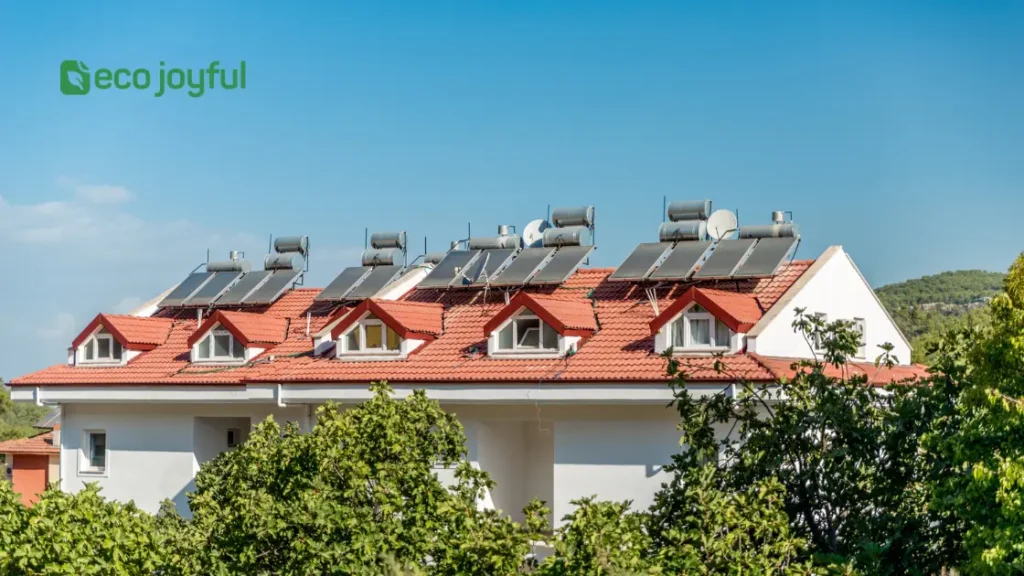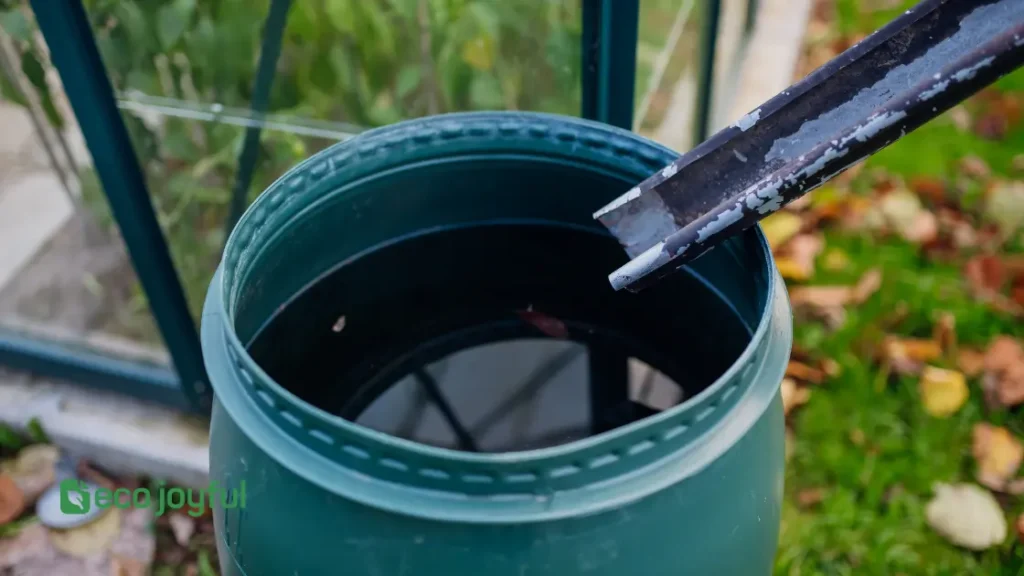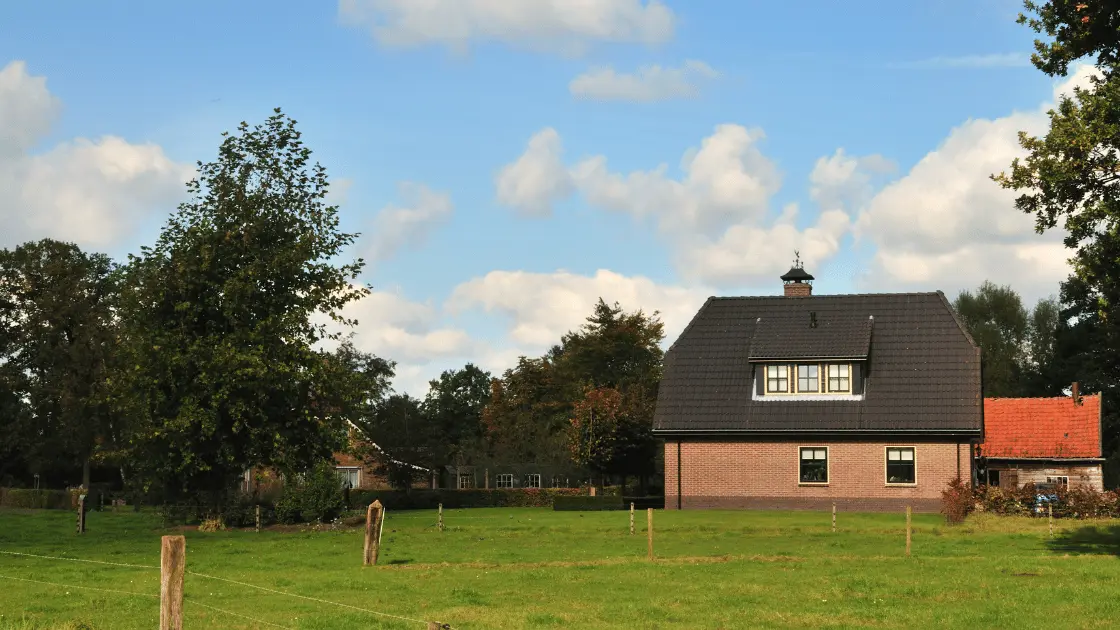Sustainable homes are important because they reduce environmental impact and promote energy efficiency and conservation. Sustainable homes minimize carbon emissions and use renewable resources, ultimately contributing to a more sustainable and healthy future for our planet.
As the world becomes increasingly conscious of its impact on the environment, sustainable homes have emerged as a vital solution.
These homes are designed to minimize their carbon footprint and optimize energy efficiency.
By utilizing renewable resources like solar power and rainwater harvesting, sustainable homes reduce reliance on non-renewable resources and decrease environmental harm.
Moreover, they incorporate features such as efficient insulation and natural ventilation, reducing energy consumption and lowering utility bills for homeowners.
Beyond the environmental benefits, sustainable homes provide a healthier living environment by prioritizing indoor air quality and utilizing non-toxic building materials.
With their ability to combat climate change and promote well-being, it is clear why sustainable homes are crucial for a sustainable future.
Table of Contents

Benefits Of Sustainable Homes
Sustainable homes provide numerous benefits, including reduced energy consumption, lower utility bills, improved indoor air quality, and a smaller carbon footprint.
These homes are important as they promote environmental conservation, minimize reliance on fossil fuels, and contribute to a greener future.
Energy Efficiency
Sustainable homes offer numerous benefits that contribute to a better quality of life for homeowners and the environment. One of the key advantages is energy efficiency.
With the world facing an energy crisis, it is crucial to reduce our energy consumption. Sustainable homes are designed and constructed with energy-saving features, such as proper insulation, high-quality windows, and energy-efficient appliances.
By incorporating these elements, sustainable homes significantly decrease the energy needed for heating, cooling, and electrical usage.
This helps homeowners save on their utility bills and reduces their reliance on traditional energy sources, often emitting harmful greenhouse gases into the atmosphere.
Reduced Carbon Footprint
In the fight against climate change, it is essential to reduce our carbon footprint. Sustainable homes play a crucial role in achieving this goal. These homes minimize environmental impact by implementing various environmentally friendly practices and technologies.
One example is using renewable energy sources, such as solar panels and wind turbines, which generate clean and sustainable electricity.
This eliminates the need for traditional energy sources that rely on fossil fuels and release harmful carbon dioxide emissions.
Additionally, sustainable homes often employ rainwater harvesting systems, which collect rainwater for various non-potable uses like irrigation and toilet flushing. By doing so, they reduce the strain on local water supplies, conserve water resources, and lower the carbon footprint associated with water treatment and distribution.
Improved Indoor Air Quality
Another significant benefit of sustainable homes is their improved indoor air quality. Traditional homes can harbor numerous pollutants and contaminants that negatively impact human health.

On the other hand, sustainable homes are built with materials that emit fewer harmful substances, such as Volatile Organic Compounds (VOCs).
These homes also incorporate proper ventilation systems and air filters, ensuring constant fresh air circulation throughout the living spaces.
By reducing exposure to pollutants and providing a healthier indoor environment, sustainable homes contribute to the overall well-being and comfort of the occupants.
This is especially important for individuals with respiratory conditions, allergies, or sensitivities to certain chemicals.
Factors For Creating Sustainable Homes
Sustainable homes are vital for reducing environmental impact and promoting a healthier living that integrates eco-friendly practices and materials.
These homes support energy efficiency, water conservation, and renewable resources, fostering a more sustainable future for future generations.
Creating sustainable homes is crucial for ensuring a brighter future. We can significantly reduce our environmental impact by embracing energy efficiency, renewable energy sources, water conservation, waste management, and healthy, non-toxic materials.
Let’s explore each of these factors that contribute to the creation of sustainable homes:
Energy-efficient Design And Materials
Did you know that energy-efficient homes help the environment and save you money? You can greatly minimize energy consumption by incorporating energy-efficient designs and using materials that reduce heat transfer, such as high-performance windows and insulation.

These homes are well-insulated and properly sealed to prevent drafts, resulting in lower utility bills and a reduced overall carbon footprint.
Renewable Energy Sources
When it comes to sustainable homes, relying solely on traditional energy sources is simply not enough anymore.
By harnessing renewable energy sources such as solar power, wind energy, and geothermal systems, homeowners can create a self-sustaining environment and significantly reduce their dependence on fossil fuels.
Installing solar panels on rooftops or utilizing wind turbines turns your home into a small power plant, generating clean and green energy for your needs.
Water Conservation
Conserving water is essential for sustainable living. Sustainable homes employ various methods to minimize water waste, including low-flow toilets and showerheads, rainwater harvesting systems, and efficient irrigation practices.

These measures not only help in water conservation but also lead to reduced water bills. By implementing these strategies, homeowners can contribute to preserving this precious resource and ensuring its availability for future generations.
Waste Management
In sustainable homes, waste management goes beyond just recycling.
It involves reducing waste generation, reusing materials whenever possible, and properly disposing of waste through composting or recycling.
By implementing effective waste management practices, homeowners minimize the impact on landfills, conserve resources, and contribute to a cleaner and healthier environment.
Waste reduction and recycling can also lead to significant cost savings in the long run.
Healthy And Non-toxic Materials
Using healthy and non-toxic materials is a crucial factor in creating sustainable homes. Traditional construction materials can release harmful chemicals into the air, compromising indoor air quality and potentially affecting occupants’ health.
Sustainable homes prioritize using environmentally friendly materials, such as low VOC (volatile organic compound) paints, bamboo or reclaimed wood, and natural insulation options.
Homeowners choose these materials to ensure a healthier living environment for themselves and their families.
Challenges And Solutions For Sustainable Homes
Sustainable homes are crucial in creating a greener and more environmentally friendly future.
However, several challenges must be addressed to achieve widespread adoption of sustainable housing practices.
Here are some of the key challenges and the solutions that can help overcome them:
High Initial Costs And Long-term Savings
Making homes more sustainable often requires upfront investments that may deter homeowners and builders. While the initial costs may be higher, it’s important to note that sustainable homes offer significant long-term savings.
Over time, homeowners can save money on energy bills, water usage, and maintenance costs. Additionally, implementing energy-efficient technologies can increase the property’s value in the long run.
The Future Of Sustainable Homes
Technological Advancements
The future of sustainable homes lies in the continued development and application of technological advancements. From solar panels to energy-efficient appliances, technology will play a pivotal role in reducing the carbon footprint of homes.
Smart thermostats, for example, can optimize energy usage by learning user behavior and adjusting temperature settings accordingly.
Advancements in building materials, such as eco-friendly insulation and sustainable roofing systems, will increase energy efficiency and reduce environmental impact.
Limited Availability Of Eco-friendly Materials
The availability of eco-friendly materials can be a challenge when building sustainable homes. However, efforts are being made to increase the availability and accessibility of such materials.
Many suppliers now offer a wide range of eco-friendly materials for construction purposes.
Homeowners and builders have more options, from recycled materials to sustainable wood alternatives.
Educating Homeowners And Builders
One of the challenges in promoting sustainable homes is the lack of awareness and knowledge among homeowners and builders about the benefits and implementation of sustainable practices. Educating homeowners and builders about the positive impacts of sustainable homes on the environment, health, and overall quality of life is essential. This can be done through awareness campaigns, workshops, and providing easily accessible information and resources.
Government Incentives And Support
The government plays a pivotal role in encouraging the adoption of sustainable housing practices. Governments can motivate homeowners and builders to invest in sustainable homes by providing incentives and support.
These incentives can include tax credits for environmentally friendly building materials and appliances, grants for energy-efficient upgrades, and streamlined permitting processes for sustainable construction projects.
Additionally, governments can establish sustainability standards and regulations to ensure that new homes meet certain environmental criteria.
Conclusion
Sustainable homes play a crucial role in protecting the environment and fostering a healthier way of living. By embracing energy-efficient measures, recycling, and utilizing renewable resources, these homes minimize our carbon footprint and reduce the strain on natural resources. Moreover, they provide a safe and comfortable living space for individuals and families, promoting overall well-being.
Investing in sustainable homes is a wise choice for the present and a sustainable solution for a greener and more sustainable future.









